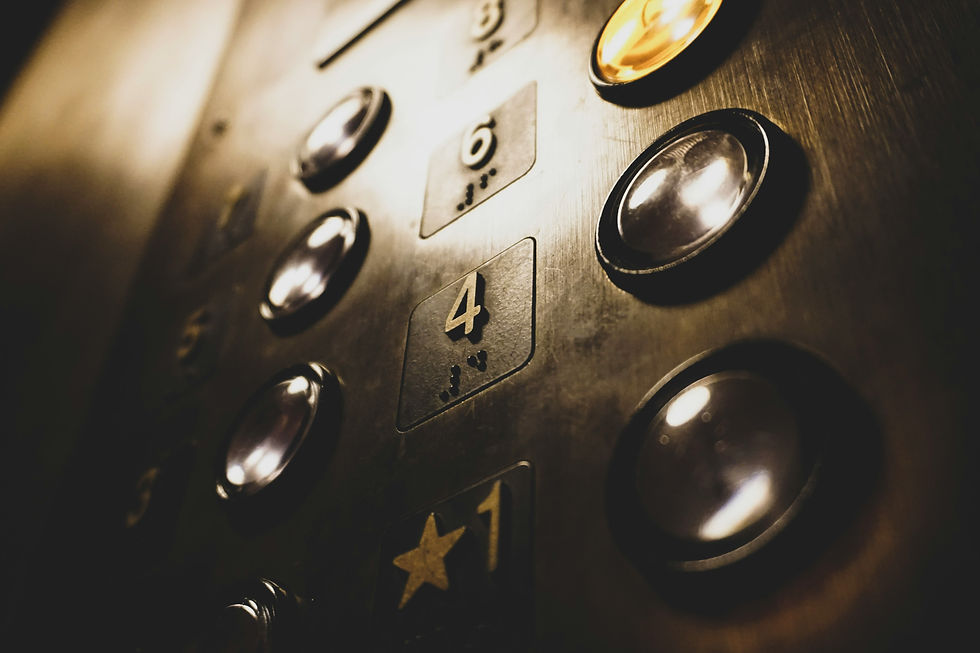Five Reasons Your Elevator May Be Malfunctioning
- vsaconsulting
- Oct 13
- 2 min read
Building and facilities managers face many challenges when maintaining safe, reliable operations — and few issues cause more frustration than a malfunctioning elevator. If your elevator isn’t working properly, these five common causes may help you identify the problem before it becomes a costly repair.
1. Worn or Noisy Bearings
Excessive noise or vibration often points to bearing wear. Conduct a physical inspection for encrusted or damaged bearings and ensure all grounds are secure. Noisy bearings can result from vibrations caused by motor current imbalances — known as common mode currents — which accelerate wear. Installing an inductive absorber can help neutralize stray currents, reduce vibration, and protect your elevator’s motor from premature failure.
2. Inadequate Lubrication
Proper lubrication is essential for elevator performance. Check all fluid levels, seals, and inspect for leaks. Test lubricant and oil quality regularly — high levels of bronze in the gear case indicate crown gear wear, while aluminum traces in hydraulic oil suggest pump housing wear. Addressing these issues early prevents system damage and costly downtime.
3. Misalignment
Elevator misalignment is a simple but critical issue. Proper shaft alignment between the motor and connected equipment ensures smooth, efficient operation. Use advanced laser alignment tools for precise measurement, or a straightedge and string if necessary. Misalignment can cause vibration, component strain, and energy loss over time.

4. Power Supply Problems
Elevators rely heavily on stable electrical power. Use infrared thermography to detect abnormal temperature variations that may signal voltage issues or impending motor failure. Power fluctuations — whether overvoltage or undervoltage — can cause erratic operation and safety risks. Regular electrical testing helps isolate these faults early.
5. Worn Ropes and Sheaves
Elevator ropes and sheaves wear together over time. Inspect the grooves for proper fit — worn sheaves can damage ropes, while frayed ropes can degrade sheave surfaces. Use visual inspections, magnetic testing, and straightedge checks to determine whether re-grooving or rope replacement is needed to restore safe operation.
Preventive Maintenance Saves Money
Regular inspections and proactive maintenance of these five areas can prevent major elevator failures. By identifying small issues before the system is placed back into service, you’ll extend equipment life, reduce repair costs, and improve passenger safety and reliability.



Comments